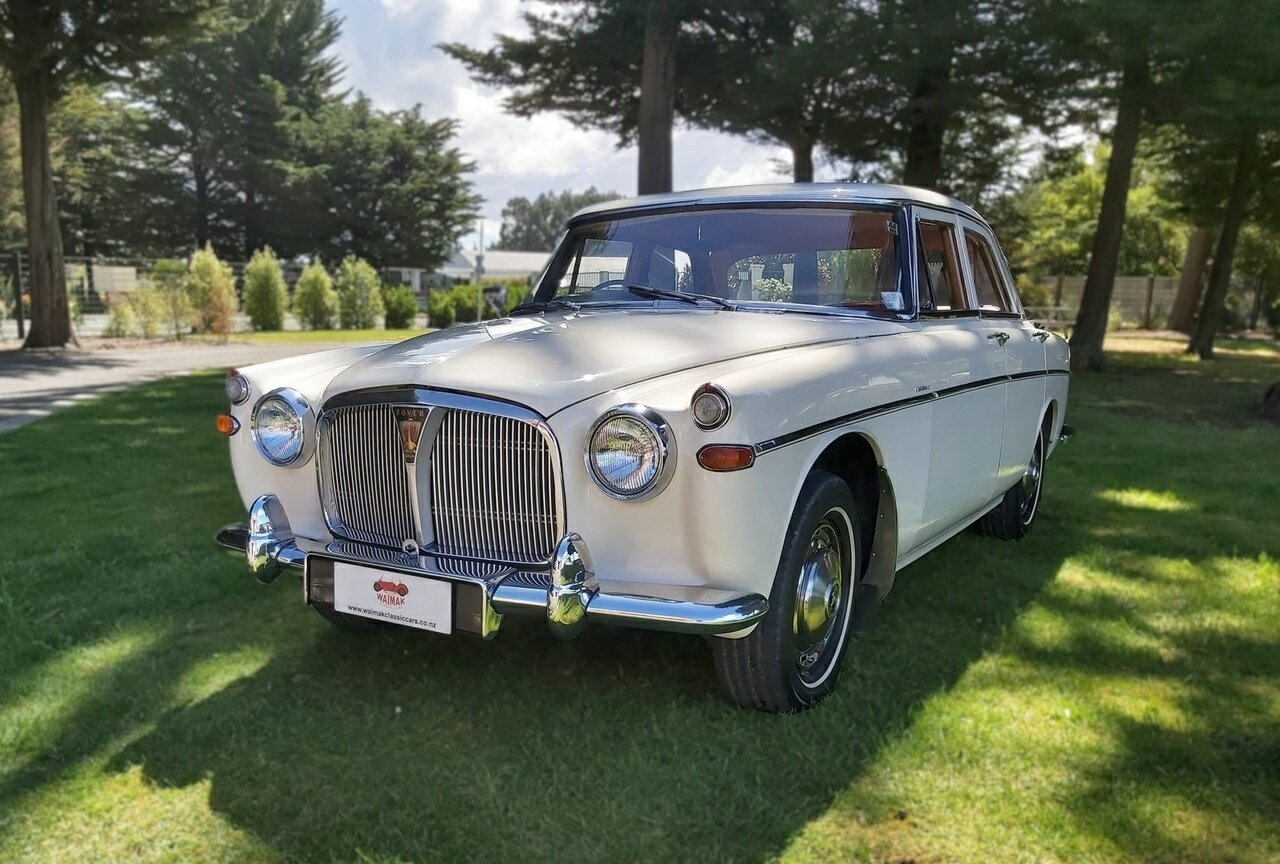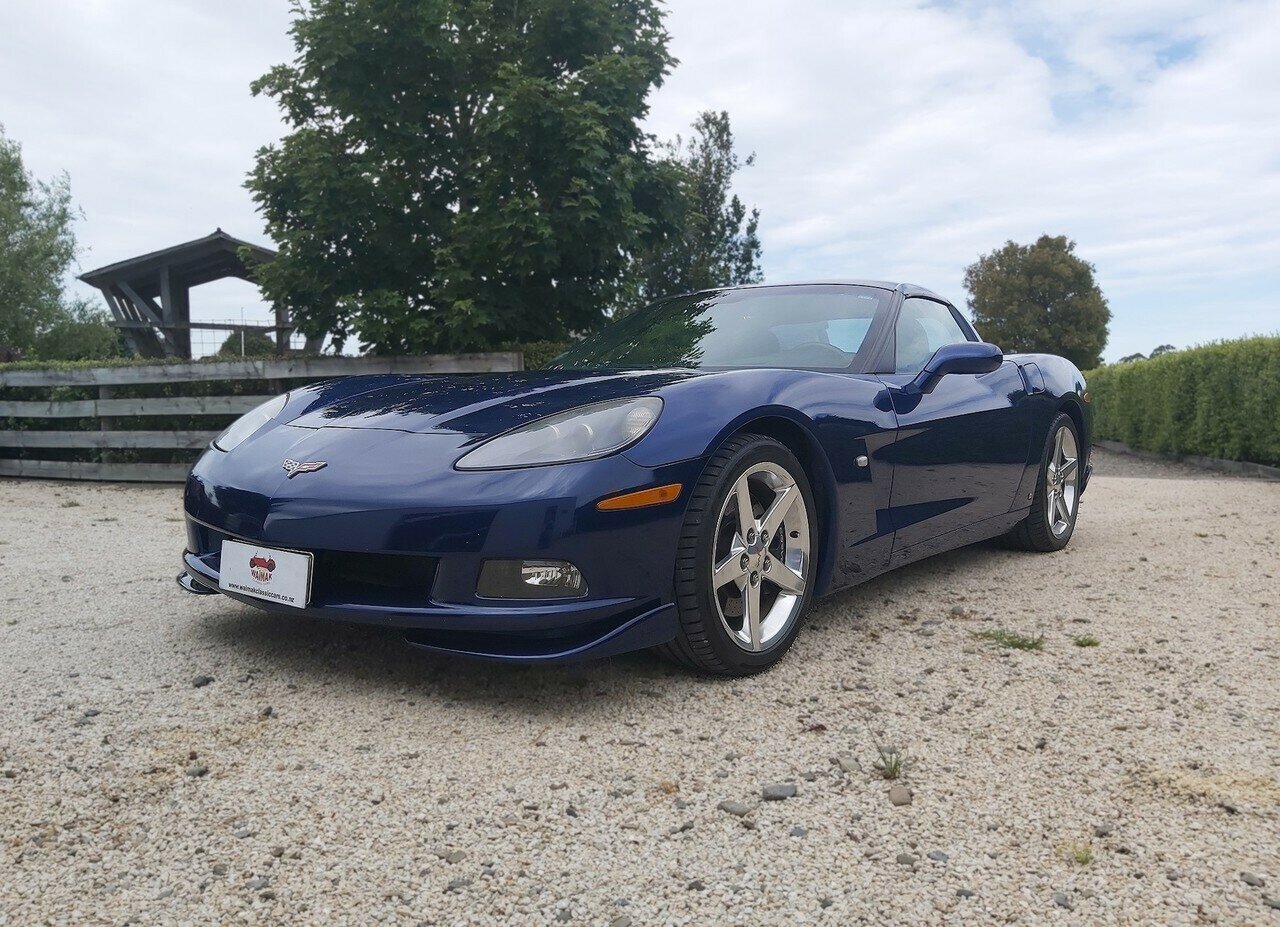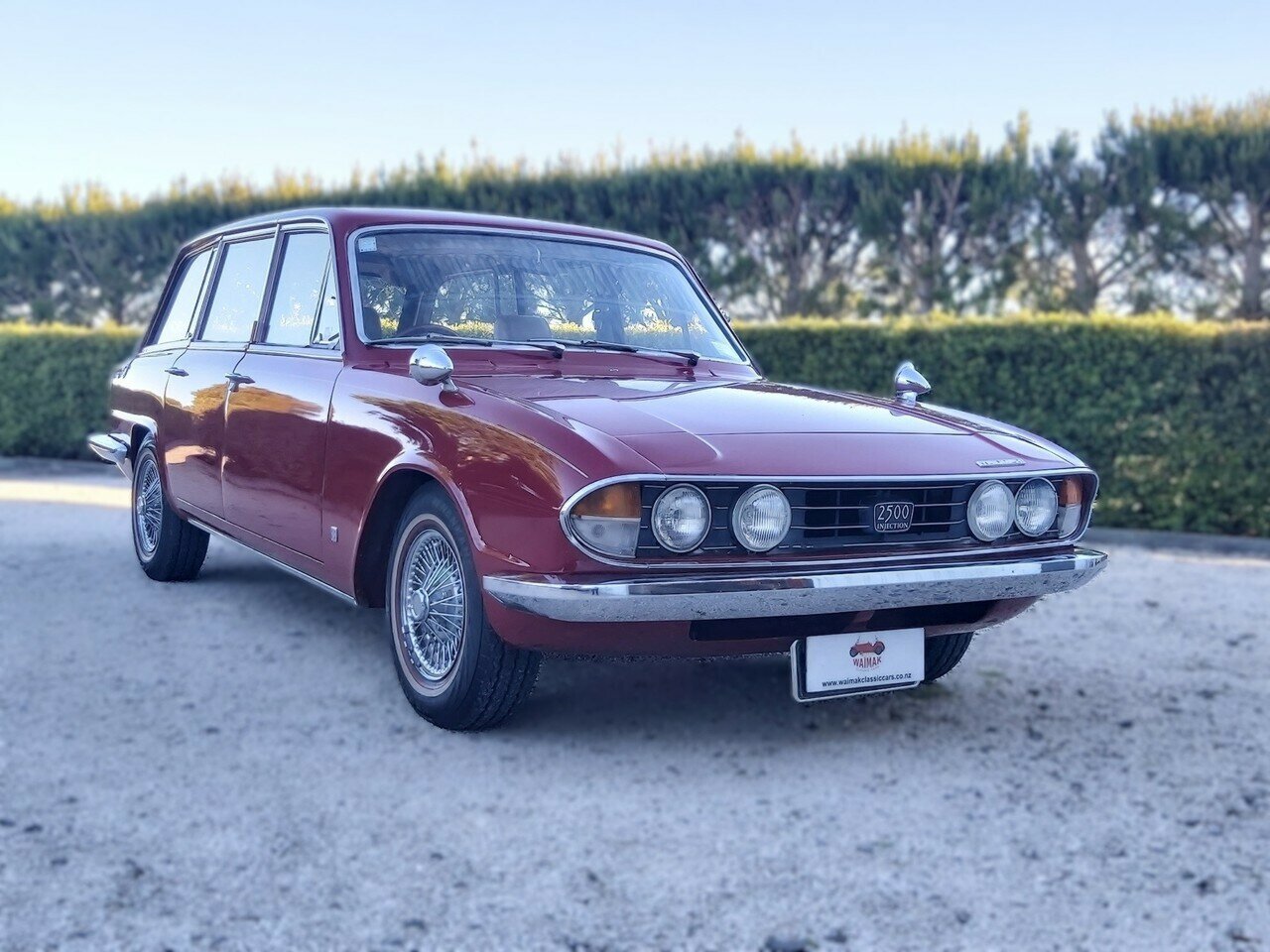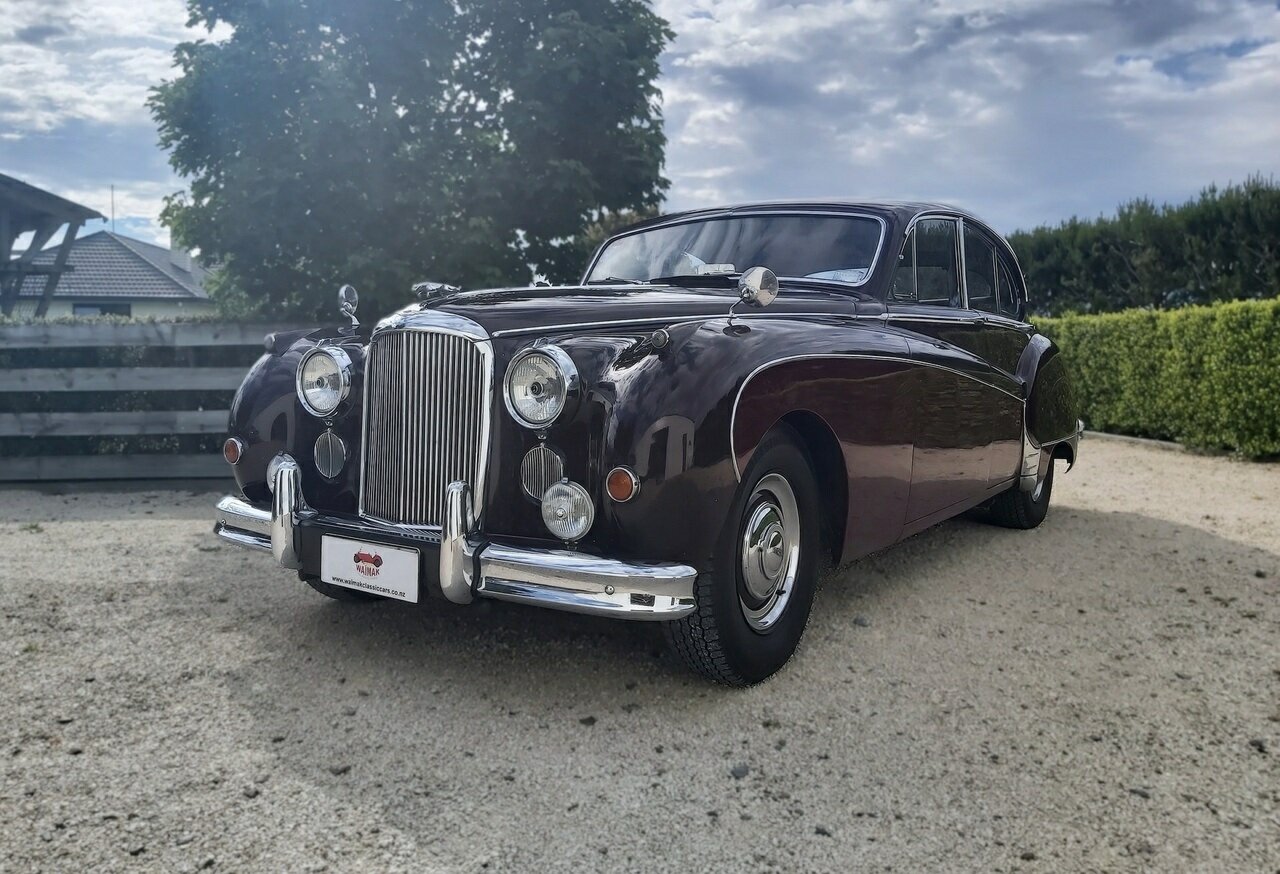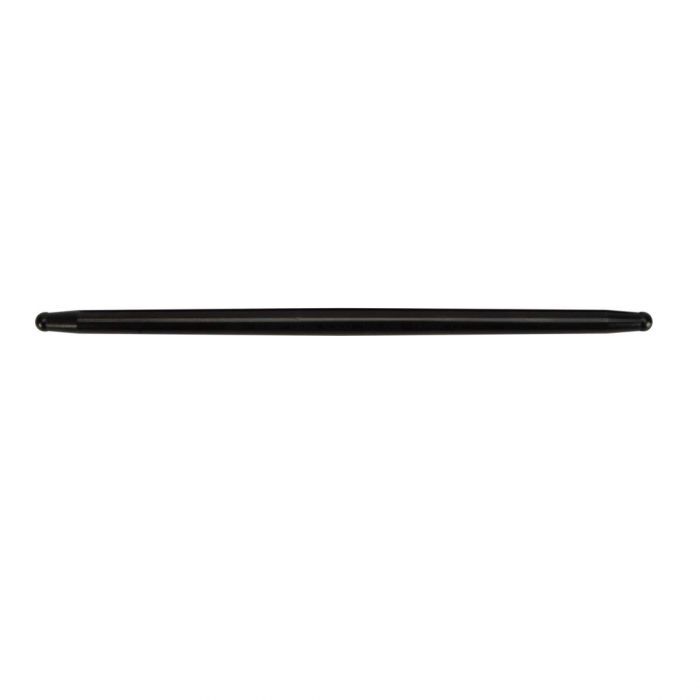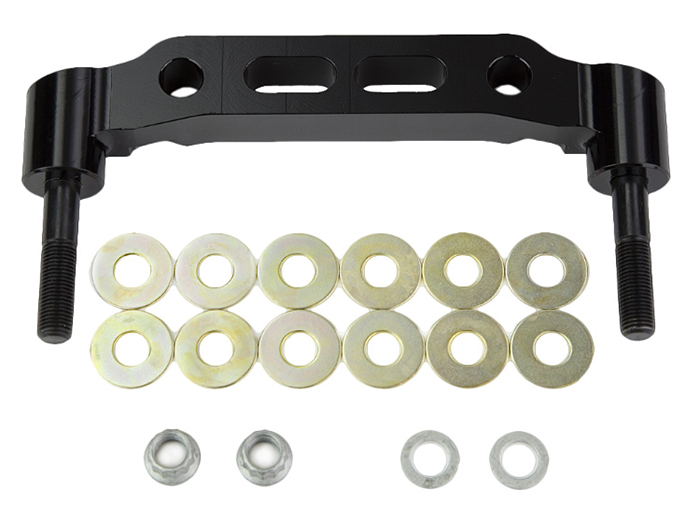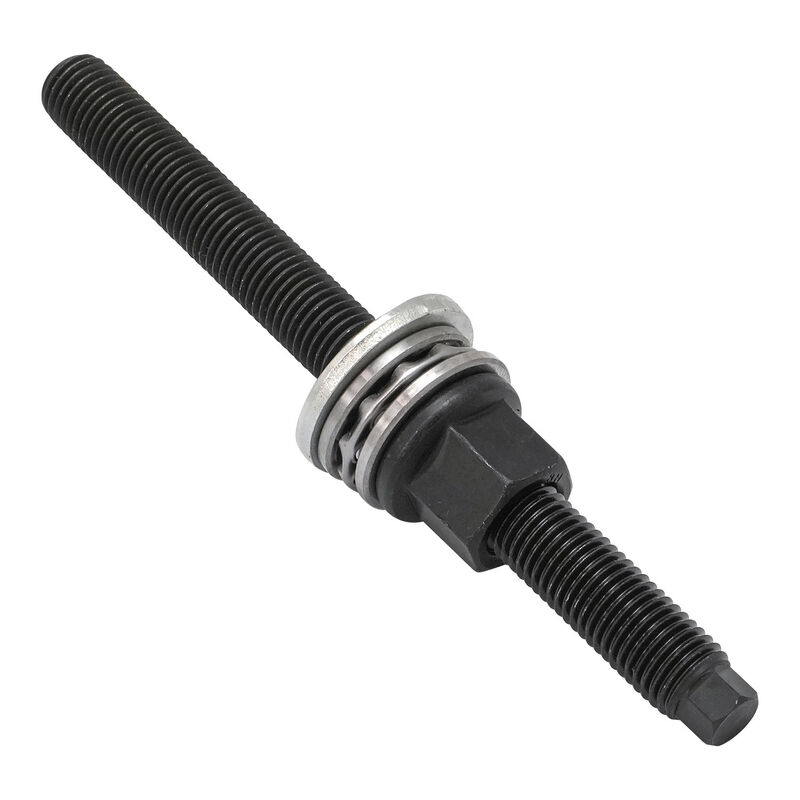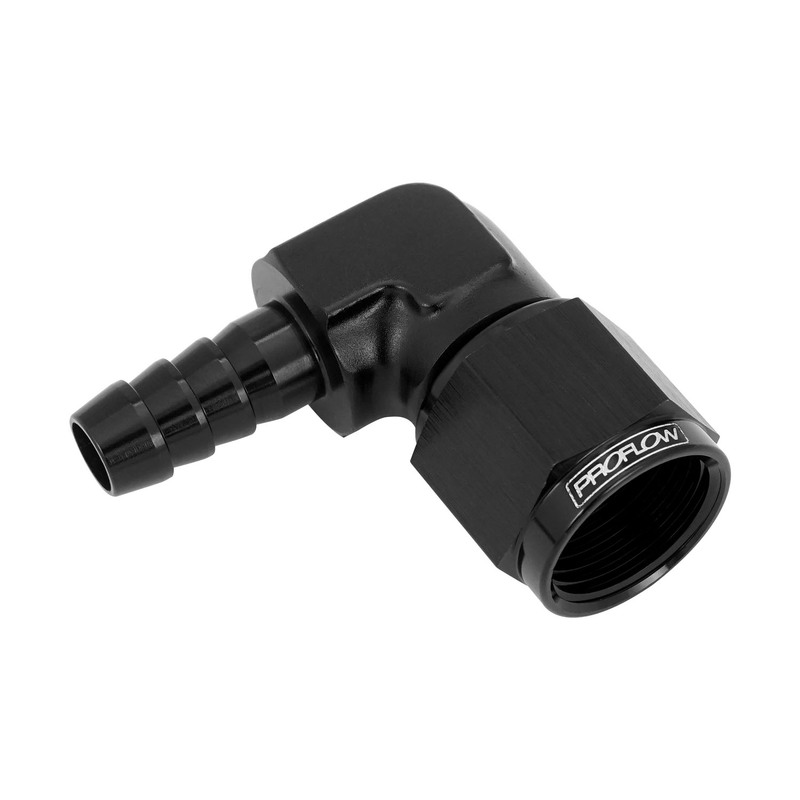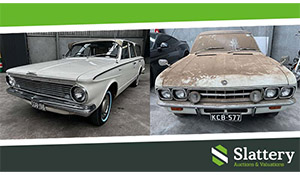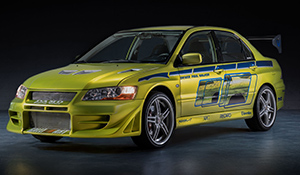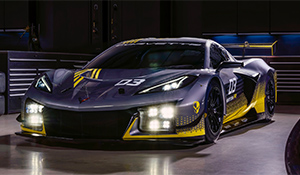Heritage 1928 Model A Ford
Very few of the original Model A cars exist today, however there are two in Australia. One of them is owned by Francis Ransley from Wynyard in Tasmania and is the 31st car produced by Henry Ford after founding Ford Motor Company in 1903. It is the oldest Ford vehicle in Australia and believed to be the fourth oldest in the world still in operation.
In typical Henry Ford fashion, the Model A was a simple car. It had a basic chassis and was powered by a two-cylinder engine with opposed cylinders. It developed just eight horsepower but was sufficient to propel the 600kg at a steady pace - at least faster than the average horse and buggy!
Ford produced 1,700 of these cute little cars in 18 months of production. While most car makers of that era were building cars on a one-off basis and constantly changing specifications to improve them,Henry Ford designed a simple, easy to build and easy to maintain design and produced identical cars.
This was the secret of his success and was the genesis of one of the most successful cars of the century, the famous Model T.
The second Model A was the car that superceded the Model T. When it was announced in Australia in May 1928 (the US launch was in December 1927) it caused a sensation and hundreds of thousands of people flocked to see it in each capital city. More than 100,000 came to seethe new car at the Melbourne Town Hall in the first four days alone!
The Model A had a four-cylinder, in-line engine that developed 40 horsepower - 22 more than the original A. Power was driven through the rear wheels via a three-speed manual gearbox, unlike the Model T that used a planetary gear system that required three pedals and no gear lever. The smart wire wheels had soft riding balloon tyres.
Both the Model A cars built by Ford had one thing in common, they stuck to Henry Ford's idea of keeping the car as simple as possible so that it would be reliable and anyone could maintain it. Sound advice in those early days of motoring when there were no service stations and repairs were mostly carried out by the local blacksmith or bicycle shop owner!

